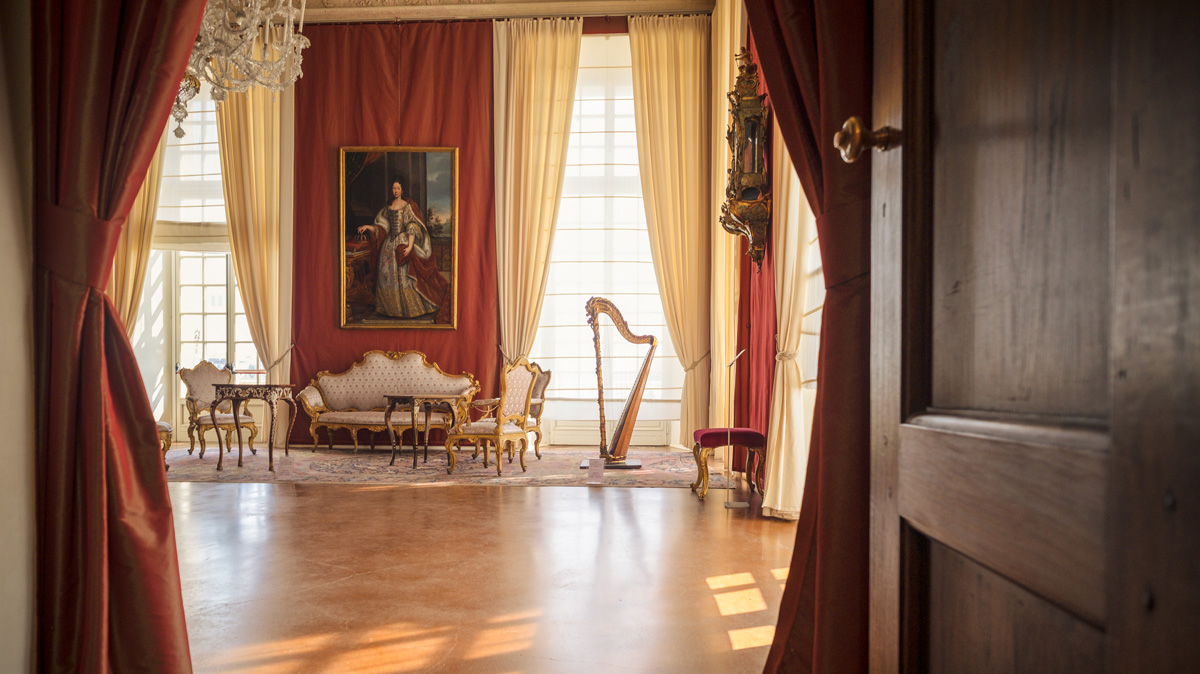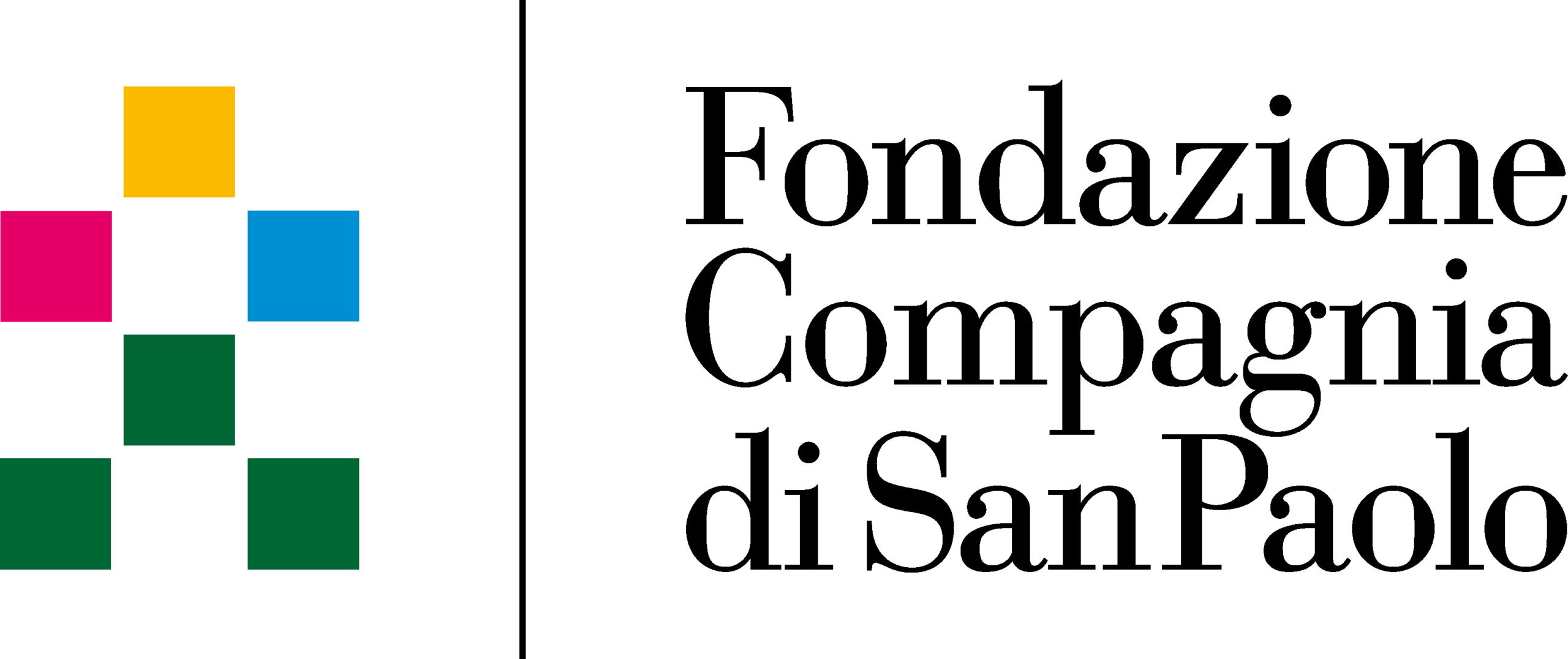Nine stages, nine ideas and nine spaces take you on a journey through the Palace, seen from a new perspective. More than just a tour of a stately home, this is story of the Reggia and of the emotions and ideas it evokes. It is many things: a building, a residence, an urban design project, a metaphor, a Utopia and a symbol of power. It is the fruit of a vision whose stratification of styles and eras remains true to every period of history that has passed through its walls.
Words are small things, but they contain images, some of them immense. They hold emotions and sentiments which are infinite, and indefinable. They hold the past and the future, weaving stories in which we can see ourselves.
These nine words are like an archipelago of islands, waiting for you to explore.
Idea and voice: Gian Luca Favetto
Graphic design: Leandro Agostini
Editing: Gianluca Negro
A project by the Consorzio delle Residenze Reali Sabaude
4 – POWER
With all its blends, fusions and continuous integrations, the Reggia could only be a place of culture, a centre of art where many different arts meet. It is a place where the contemporary is at home in the past. But it is also a place of power, and that power is here to be seen, to strut on the stage of the world.
At this juncture, we find ourselves at another crossing point, another of the frontiers on which this Palace has grown. This point leads to the monarchs’ private rooms. The Queen’s Audience Room was the parlour of Anna Maria d’Orleans, the niece of the Sun King. She was also the wife of Victor Amadeus II, who revived the politics of the Sabaudian reign, rebelled against France, chose independence against Louis XIV and in 1706 defeated the French, saving Turin from siege. In 1713, with the Treaty of Utrecht, he acquired the title of King of Sicily. In 1720, following the Treaty of the Hague, he was forced to leave Sicily to the Spanish, in exchange for Sardinia – but remained a King.
In this room, the queen would gather with the ladies of the Palace, receive her family, and attend the Queen’s Circle, when for an hour each week she would meet courtiers, ambassadors and foreign dignitaries.
The important thing is to be seen among the guests at court, where the royal family and their visitors were looked after by 16 courtiers, 13 grooms, 12 chambermaids, 13 ladies of the court and also 6 coiffeuses, 11 ushers, 55 valets, 52 domestic servants, 2 upholsterers, 4 hairdressers, 7 butlers, 1 server and candle-lighter, 1 porter, 1 caretaker and a lady whose job it was to remove the rubbish.
During the Queen’s Circle, the monarch would sit in a winged chair in the centre, with her ladies seated behind on stools. The Queen would lead the conversation and ask the questions, while everyone else would remain standing, and could only speak when addressed by the monarch.
Share
Send to a friend
Send to a friend







